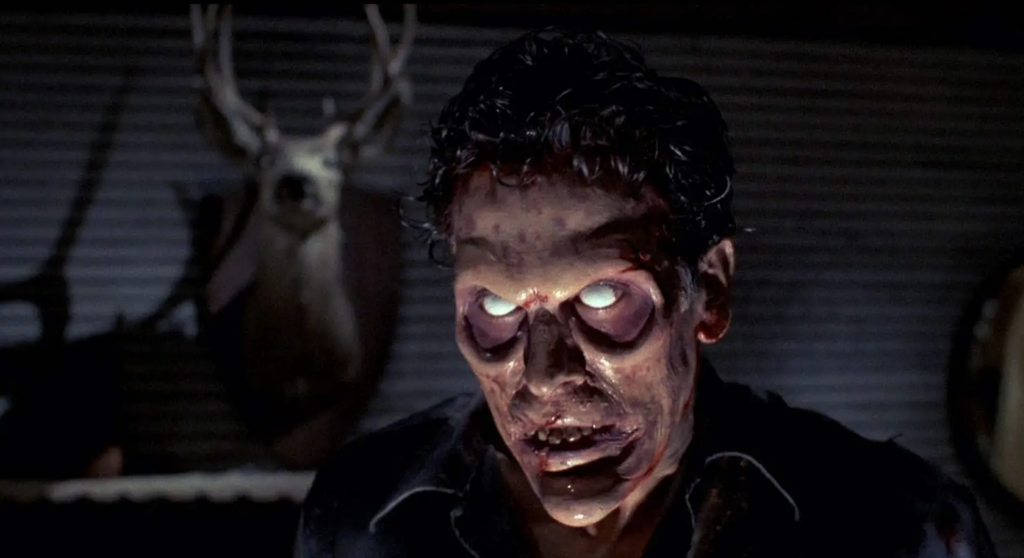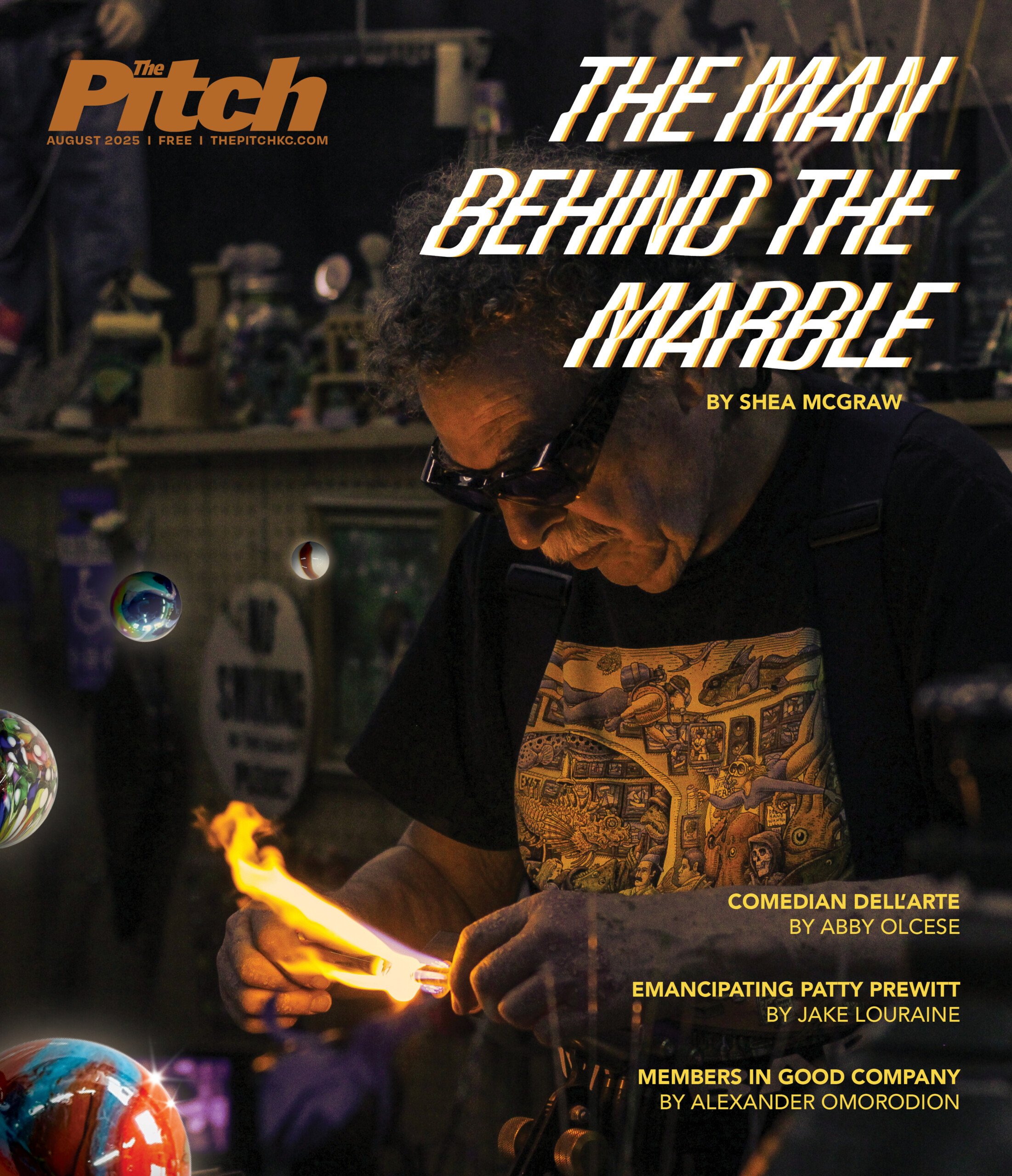Martin Scorsese at last achieves Silence

Martin Scorsese’s Silence, adapted from the 1966 novel by Japanese author Shūsaku Endō, is not entertaining in a traditional sense — though it isn’t without excitement or amusement — but it is an arresting, unforgettable experience. Scorsese and his co-screenwriter, Jay Cocks, aim to challenge their audience, disabusing our ideas of what it means to lead, to be spiritual, to commune with God. They achieve this with complex performances and a filmmaking style that forgoes the flourishes that define most of the director’s work. Scorsese instead lets the material speak for itself, and the cumulative effect gnaws at you well after the film ends.
In the 17th century, the Buddhist Japanese government is persecuting Christians, torturing and killing hundreds of thousands of them. Back in Portugal, the Jesuit priests Rodrigues (Andrew Garfield) and Garrpe (Adam Driver) receive word that their mentor, Ferreira (Liam Neeson), has renounced his faith after years performing missionary work in Japan. Rodrigues and Garrpe travel to the country, hoping to rescue Ferreira.
Rodrigues and Garrpe cannot find Ferreira right away, but they discover pockets of Christians remaining, to whom they offer comfort through prayer, confessions and meager icons such as crosses made of straw. The government catches wind of their activities, and their subsequent interrogations are insidious. Instead of punishing individuals, they opt to punish the group as Rodrigues and Garrpe watch from a distance. This method turns the idea of Jesus’ sacrifice on its head: Instead of a leader dying for his followers’ sins, the followers die to protect their leader. This weighs heavily on the priests, and Silence essentially follows the region’s Grand Inquisitor (Issey Ogata) as he performs protracted psycho-spiritual torture on the interlopers.
Scorsese spent decades trying to adapt Endō’s novel for the screen. His early life and work explain why: He grew up as a pre–Vatican II Catholic — he even considered becoming a priest — and many of his films are about young men whose inner turmoil and violent environment lead to profound moral failure. This is a personal film for Scorsese — he also faced demons early in life — but he exhbits a curiosity about his Japanese characters, too. The East-West clash at the center of the film runs the risk of lazy orientalism, yet the source material is rich enough to sidestep such hazards. (Endō was a Japanese Catholic.) There are many debates in the film, but Scorsese and Cocks resist the easy urge to keep our sympathies only with the Jesuits. While the Grand Inquisitor has an exaggerated manner of speech, for example, his arguments are stronger.
The first stretch of Silence offers a contrast between Rodrigues and Garrpe: The Christians can escape persecution if they apostatize — a symbolic gesture in which they “trample” their feet on a picture of Jesus. Rodrigues thinks they should acquiesce, but Garrpe argues that doing so would betray their faith. The screenplay does not offer much camaraderie between the two priests, who cling to each other out of base need rather than affection. Instead, Silence reveals its true purpose once they separate. In one agonizing sequence after another, Rodrigues bears witness to pointless suffering, using prayer as a crutch to avoid any genuine reckoning. Scorsese uses clean edits and classical composition to make us feel like observers alongside Rodrigues, making us feel his helpless anger all the more intensely.
While the austere cinematography and crisp sound design provide a sense of immersion, Scorsese’s true masterstroke in Silence is his casting. All the major characters, including the Japanese, are sharply defined yet played in a way that erodes our assumptions as the story progresses. Tadanobu Asano plays an interpreter for Rodrigues, and his wry sympathy gives way to needling provocation. Yōsuke Kubozuka plays Kichijiro, a pathetic drunk, and his weak constitution is at odds with a profound understanding of Christian theology. Still, the key to Silence is Andrew Garfield’s bizarre, complex reading of Rodrigues. There are moments suggesting that the priest’s relationship to God is not especially deep. Garfield calls attention to the man’s weak-willed nature but never apologizes for it. Rodrigues’ frequent voiceover betrays his half-hearted actions; this well-observed hypocrisy is what makes him flawed and irrevocably human.
Silence makes a major departure from the source material, mostly by way of a long epilogue after the story’s climax. Scorsese tilts his interpretation of Endō’s book in one direction, while obscuring Rodrigues’ nature just enough to avoid a neat resolution. No matter the depth or absence of one’s faith, this is a film that tests our biases and stirs our feelings in uncommon, profound ways.




